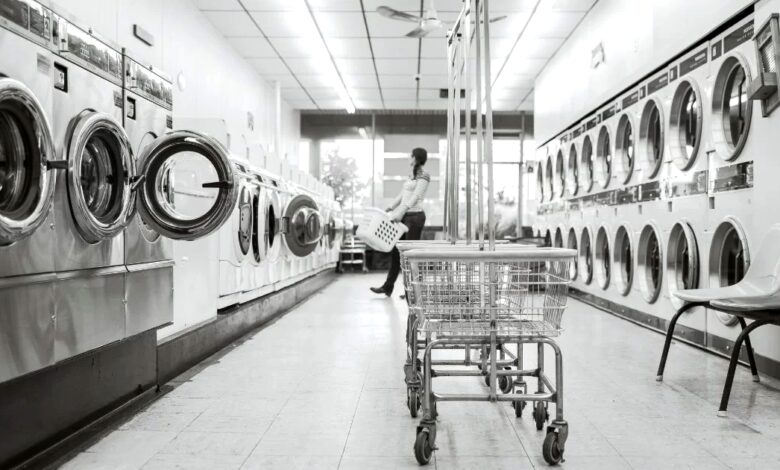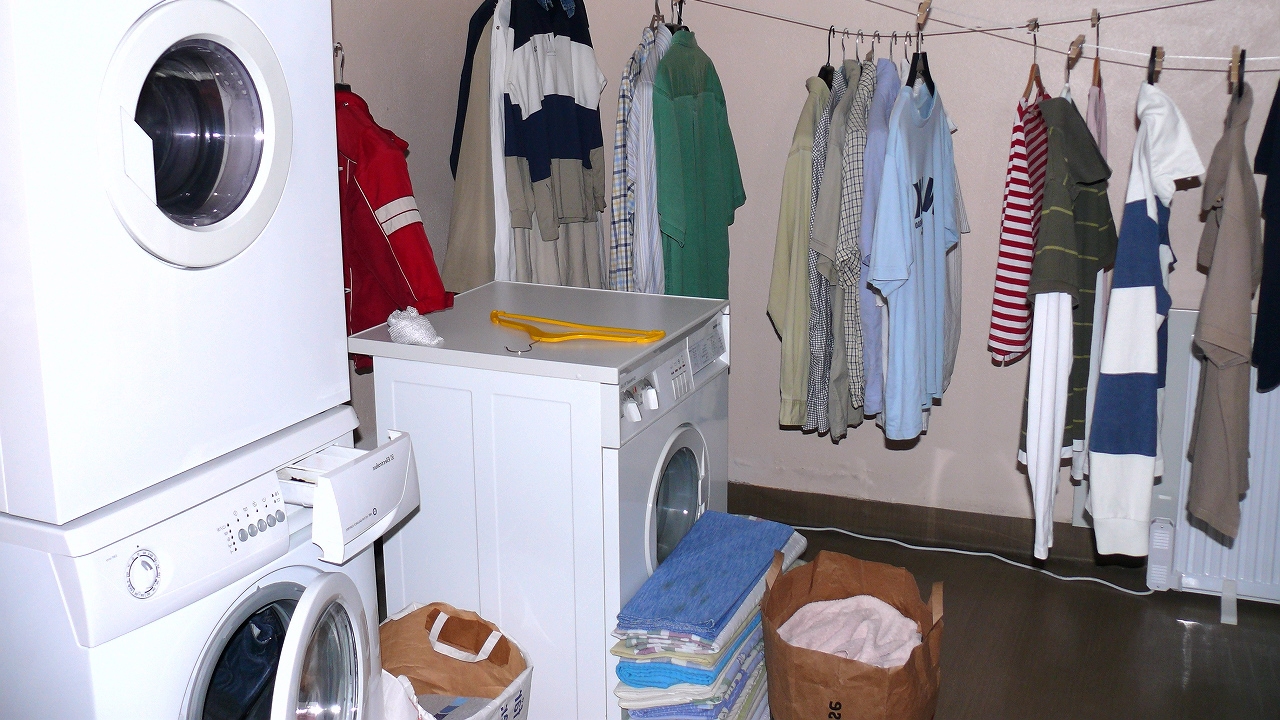Safeguard Laundry Business from Lost/Damaged Item Complaints

Running a laundry business comes with great responsibility. It is more than just a simple service of washing and folding clothes. You have to handle expensive or sentimental items of your customers. This convinces owners to safeguard their business against potential risks of lost or damaged belongings of their customers.
The reputation and success of your laundry business heavily rely on your customer trust, satisfaction, and ability to provide a reliable service. You must address the risks of lost or damaged items to avoid dissatisfied customers, negative reviews, and legal issues.
What could be worse than having these consequences?
Read More: Legal Requirements for Renovating Business Premises in the UK
Common Risks and Challenges Related to Lost or Damaged Items

Negative Review and Dissatisfied Customers
When customers entrust their valuable clothing and possessions to a laundry service, they expect their items to be handled carefully and returned in pristine condition. If items are lost or damaged during the laundry process, it can result in significant customer dissatisfaction. Unhappy customers may express their frustration through negative reviews, which can tarnish the business’s reputation and deter potential customers.
Financial Implications of Compensating for Lost or Damaged Items
Compensating customers for lost or damaged items can financially burden a laundry business. In addition to the compensation cost, legal fees and other expenses may be associated with handling complaints or lawsuits. A failure to manage these financial implications can negatively impact the business’s profitability and sustainability.
If you still need to safeguard your laundry business, here are some effective strategies you can apply. Follow these to protect your business against such incidents.
Clear Terms of Service Agreement
A comprehensive terms of service agreement serves as the foundation for a laundry business’s relationship with its customers. It should outline the responsibilities of both the business and the customers, explicitly addressing handling lost or damaged items.
The agreement should include information about liability limitations, disclaimers, and procedures for handling claims. By setting clear expectations from the outset, customers are more likely to understand their rights and the laundry business’s responsibilities.
Pre-Existing Damage Documentation
Before accepting any items for laundry, inspecting and documenting any pre-existing damages on the items is essential. Encouraging customers to inspect and document damages can further protect the business from false claims. By documenting the condition of items before processing them, the business can establish whether any damages occurred during the laundry process or if they were present beforehand.
Transparent Customer Communication
Maintaining open and transparent customer communication is key to building trust and fostering positive relationships. Keeping customers informed about the progress of their laundry orders and any potential delays or issues that may arise demonstrates the business’s commitment to customer satisfaction. Promptly addressing customer inquiries or concerns can prevent minor issues from escalating into larger problems.
Implementing a Lost Item Policy
Despite taking precautionary measures, incidents of lost items can still occur. A well-defined lost item policy is crucial for effectively handling such situations. The policy should include a step-by-step process for promptly investigating and resolving lost item complaints. Communicate the policy to customers and assure them their concerns will be addressed seriously.
Effective Handling of Damage Claims
In cases where customers claim that their items were damaged during the laundry process, a streamlined process for reporting damages is essential. Establish a procedure for promptly responding to damage claims and work closely with the customers to find a fair and amicable resolution. Demonstrating empathy and a willingness to address their concerns can go a long way in maintaining customer trust and satisfaction.
Read More: Expert Guidance for Entrepreneurs: Why You Need a Business Attorney
Continuous Staff Training
As an employer, you must provide continuous training to your staff. Training them on proper handling techniques and the use of laundry equipment will save you from the risks of mishandling items.
Regular training sessions may be costly upfront, but this will save you from complaints and unexpected costs in the long run.
Leveraging Customer Feedback and Reviews for Improvement
Encourage customers to provide feedback and reviews about their experiences with the laundry and delivery service. Actively listening to customer feedback can help identify areas for improvement and address any recurring issues. By incorporating customer suggestions and continuously enhancing the laundry service, the business can build a loyal customer base and attract new clientele.
Protect Your Laundry Business
Safeguarding your laundry business from lost or damaged item complaints is crucial in maintaining customer trust and ensuring business success. You must implement clear policies, efficient systems, and excellent customer service to reduce the risk of incidents. It took a long way for your business to build its reputation. Refrain from wasting the reliability and quality you have shown because of lost or damaged items.
When you prioritize transparency and communication, it helps protect the business from potential legal issues. Remember, safeguarding the laundry business is not just about mitigating risks—it is also about delivering a service that customers can rely on with confidence.











